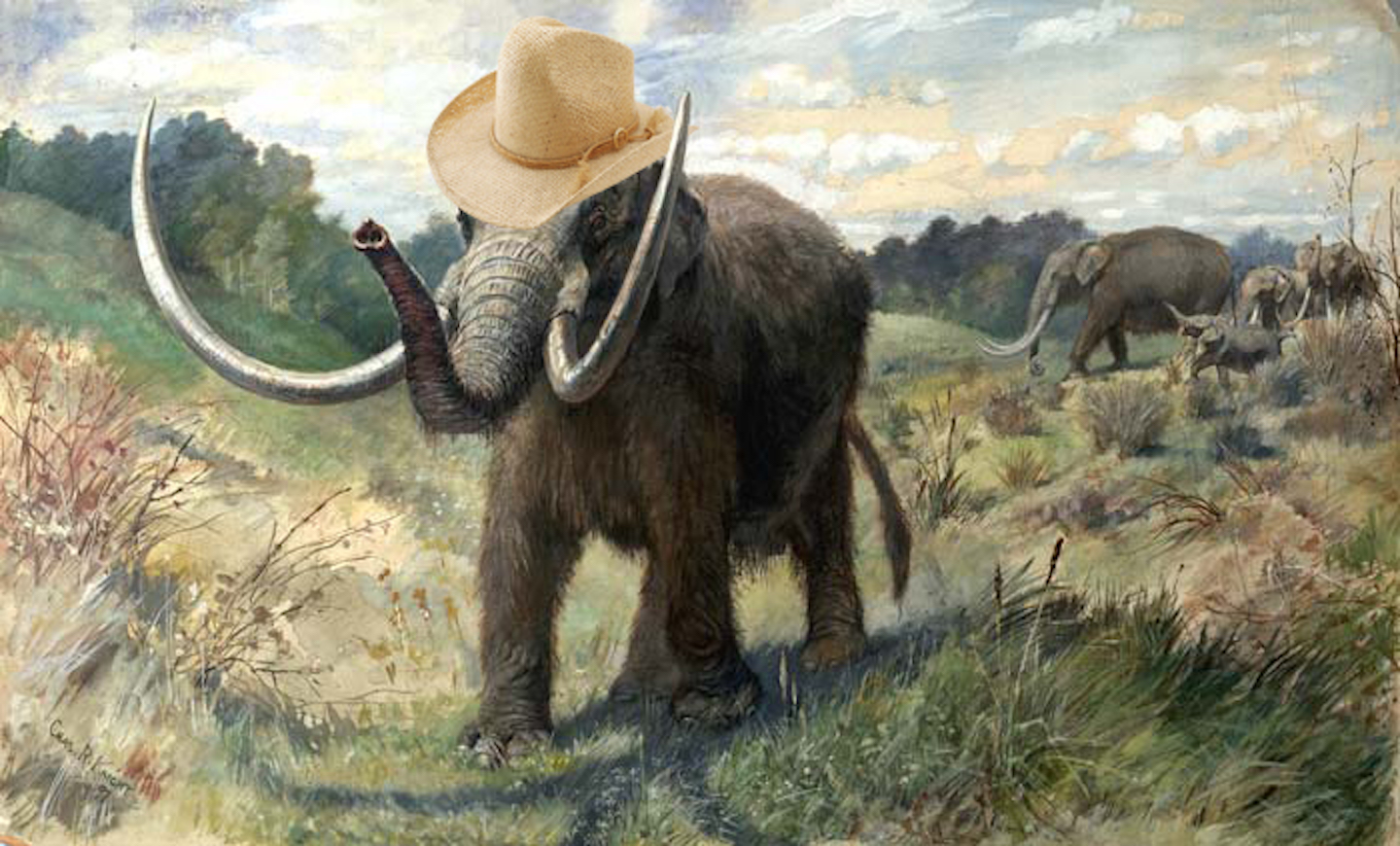Teen Finds Second Mastodon Fossil on Iowa Farm in 30 Years

Credit to Author: Rob Dozier| Date: Thu, 16 May 2019 19:14:01 +0000
A teenager searching for arrowheads on a family friend’s farm in Iowa has found the fossil of a mastodon—an animal distantly related to elephants that went extinct roughly 10,000 years ago.
The fossil was a 30-inch long jaw bone with some of the teeth still intact. It’s believed to have belonged to a juvenile mastodon, which could have been 7 feet tall before it died, according to the University of Iowa’s Paleontology Repository, where the fossil is now being stored.
The teenager stumbled across the fossil sitting in a creek in central Iowa. “He cradled the fossil in his arms, which is very heavy, and carried it up to the farmhouse,” Tiffany Adrain, who leads the Paleontology Repository, said. “The landowners already knew what to do. They wrapped it up in plastic to keep it wet and they sent us an email.”
Thirty years ago, the couple who owns the farm came across the remains of another mastodon on their property, which at the time of their discovery, were mistakenly identified as belonging to a woolly mammoth. Both mastodons and mammoths belong to the Proboscidean family but are two distinct species, with mammoths being more closely related to modern-day elephants. It’s believed that mastodons came to exist earlier.
The couple has asked not to be identified for fear that their property could become the target of fossil hunters, says the Iowa City Press-Citizen.
Adrain said the find, which she and a team of paleontology graduate students from the University of Iowa retrieved last weekend, was fortuitous because the specimen still retained the qualities of regular bones and was intact. If the fossil had been left exposed in the sun much longer, it would have dried out and crumbled, making it useless to researchers.
“We were incredibly lucky that the student had been walking up and down the creek because the jaw bone can’t have been there for very long,” Adrain said.
The Des Moines area was a suitable habitat for many Ice Age animals such as mastodons and bison. Giant ground sloths, giant beavers, short-faced bears, camels, and horses are among other species that have been found in Iowa extending back millions of years, and whose remains are held at the repository.
Adrain said she’s always on the lookout for more. “If you’re ever walking around in the countryside, you never know what you might find. Keep an eye out, and let me know if you find anything unusual.”
This article originally appeared on VICE US.